Home>Ideas and Tips>The Forbidden Fruit Of Edible Landscaping
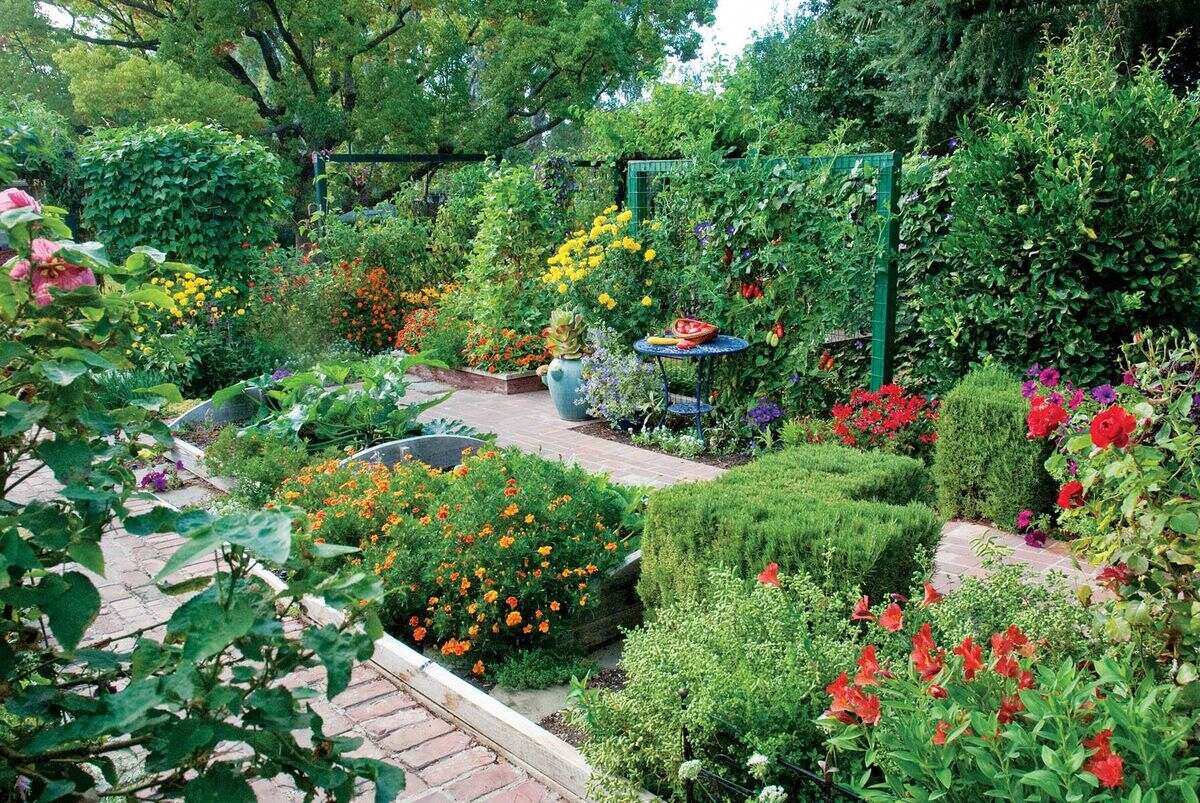

Ideas and Tips
The Forbidden Fruit Of Edible Landscaping
Modified: October 28, 2024
Discover the beauty and functionality of edible landscaping, blending ornamental plants with productive crops for a sustainable and stunning garden.
(Many of the links in this article redirect to a specific reviewed product. Your purchase of these products through affiliate links helps to generate commission for Storables.com, at no extra cost. Learn more)
The Forbidden Fruit of Edible Landscaping
Edible landscaping, often called foodscaping, blends the beauty of ornamental plants with the productivity of edible crops. This gardening style not only provides fresh produce but also makes outdoor spaces look great. The idea of edible landscaping goes way back to ancient times when gardens were designed to be both useful and pretty. But the concept of a "forbidden fruit" in this context is quite fascinating, especially when you think about the historical and symbolic meaning of certain fruits.
The Forbidden Fruit in Biblical Context
The story of Adam and Eve in the Garden of Eden is one of the oldest tales around. According to Genesis 2:9 and Genesis 3:6, God placed two trees in the center of the garden: the Tree of Life and the Tree of the Knowledge of Good and Evil. The forbidden fruit from this latter tree was described as being "good for food," "pleasing to the eye," and "desirable for gaining wisdom" (Genesis 3:6). Despite these characteristics, eating from this tree led to disobedience and resulted in sin entering the world.
The type of fruit has been a subject of speculation for centuries. While many associate it with an apple due to popular depictions, there is no specific mention of an apple in the biblical account. Jewish scholars have suggested that the pomegranate might have been the original forbidden fruit, given its symbolic significance in various cultures and religions.
Read more: How To Make Edible Fruit Floral Arrangements
The Pomegranate: A Symbolic Fruit
The pomegranate is a fruit that has been deeply ingrained in human culture for thousands of years. Its name comes from the Latin words pomum (apple) and granatus (seeded), reflecting its resemblance to an apple with its numerous seeds. The pomegranate has been a prominent symbol in many religions and cultures since Biblical times. Moses promised his followers that they would find the fruit in the Promised Land, and it was introduced to the southern United States by Spanish sailors in the 18th century.
The pomegranate's symbolic significance extends beyond its cultural and historical context. It is often associated with fertility, prosperity, and wisdom. In many Middle Eastern cultures, the pomegranate is seen as a symbol of abundance and good fortune. Its high concentration of antioxidants has also made it a popular choice for health-conscious consumers, with studies indicating potential heart health benefits from daily consumption of pomegranate juice.
Edible Landscaping: A Modern Approach
Edible landscaping is not just about growing fruits and vegetables; it's about integrating these plants into a cohesive landscape design that combines functionality with aesthetics. This approach to gardening has been practiced for centuries but has gained significant popularity in recent years as people seek to create more sustainable and self-sufficient living spaces.
One of the key aspects of edible landscaping is selecting plants that are both edible and visually appealing. For example, incorporating fruit trees like pomegranates, persimmons, and figs into a landscape can provide both beauty and productivity. These trees can be used as espaliers for small spaces or as standalone trees in larger gardens.
Herbs like basil, dill, lavender, rosemary, thyme, oregano, and chives are also popular choices for edible landscaping due to their versatility in both culinary and ornamental uses. These herbs can be used as groundcovers or incorporated into flower beds to add color and fragrance.
Designing an Edible Landscape
Creating an edible landscape requires careful planning and consideration of both horticultural needs and aesthetic goals. Unlike traditional vegetable patches, edible landscapes must be planted, fertilized, pinched-back, and deadheaded in a manner that balances productivity with beauty.
For instance:
- Groundcovers: Alpine strawberries can be used as groundcovers to reduce erosion and out-compete weeds.
- Vertical Gardening: Espaliered fruit trees can be used in small, vertical spaces to maximize yield.
- Interplanting: Mixing food crops with ornamentals like nasturtiums and sage can naturally protect staple vegetables from pests.
Incorporating overlooked edibles like pawpaws, figs, and Kousa dogwood berries into your landscape design can also add unique elements to your garden. These plants not only provide edible fruits but also add visual interest with their showy berries.
Historical Precedents
The concept of mixing food and ornamental crops is as old as civilization itself. Ancient accounts from the Fertile Crescent and West Africa describe lush gardens filled with fruit and nut trees, berries, and vegetables. Despite the expulsion of Adam and Eve from the Garden of Eden, which led to a mistrust of plants in Judeo-Christian tradition, the practice continued through ancient Rome, medieval monasteries, Renaissance palaces, and Baroque pleasure gardens.
Rosalind Creasy's work in the early 1980s was instrumental in popularizing edible landscaping as a viable alternative to traditional ornamental gardens. Her books on growing attractive edible gardens have been a treasure trove for home gardeners and foodies alike.
Modern Trends
Edible landscaping has seen a resurgence in popularity since the financial crisis of 2007-2008. As people began questioning food sourcing and critiquing the food industrial complex, the need for sustainable and self-sufficient living spaces grew. Today's movement is known as Foodscaping, which includes urban and suburban land-use policies as well as small poultry production.
Conclusion
The forbidden fruit of edible landscaping is not just a historical relic but a symbol of the ongoing quest for balance between functionality and aesthetics in gardening. Whether it's the pomegranate's rich cultural heritage or the modern practice of integrating edibles into ornamental designs, the concept of edible landscaping continues to evolve.
By embracing this approach to gardening, individuals can create spaces that not only provide fresh produce but also enhance their living environments with beauty and functionality. As we continue to explore new ways to live sustainably and self-sufficiently, the art of edible landscaping remains a timeless and compelling choice for gardeners and food enthusiasts alike.
References
- Bible Study Tools. (n.d.). What Exactly Was the Forbidden Fruit in the Garden of Eden? Retrieved from https://www.biblestudytools.com/bible-study/topical-studies/what-exactly-was-the-forbidden-fruit.html
- Edible Paradise. (2023, October 10). Pomegranate — The Original Forbidden Fruit. Retrieved from https://edibleparadise.com/home-page-stories/pomegranate-the-original-forbidden-fruit/
- Eco Landscaping. (2012, June 15). Edibles in the Landscape. Retrieved from https://www.ecolandscaping.org/06/designing-ecological-landscapes/edible-landscaping/edibles-in-the-landscape/
- Grounded Grub. (2020, September 3). Edible Landscaping, Foodscaping, and Food for Thought. Retrieved from https://groundedgrub.com/articles/edible-landscaping-with-dad
- Horticulture Magazine. (2017, October 20). Could Pomegranates Actually Be the Forbidden Fruit? Retrieved from https://www.hortmag.com/edible-gardening/pomegranates-actually-forbidden-fruit
Was this page helpful?
At Storables.com, we guarantee accurate and reliable information. Our content, validated by Expert Board Contributors, is crafted following stringent Editorial Policies. We're committed to providing you with well-researched, expert-backed insights for all your informational needs.
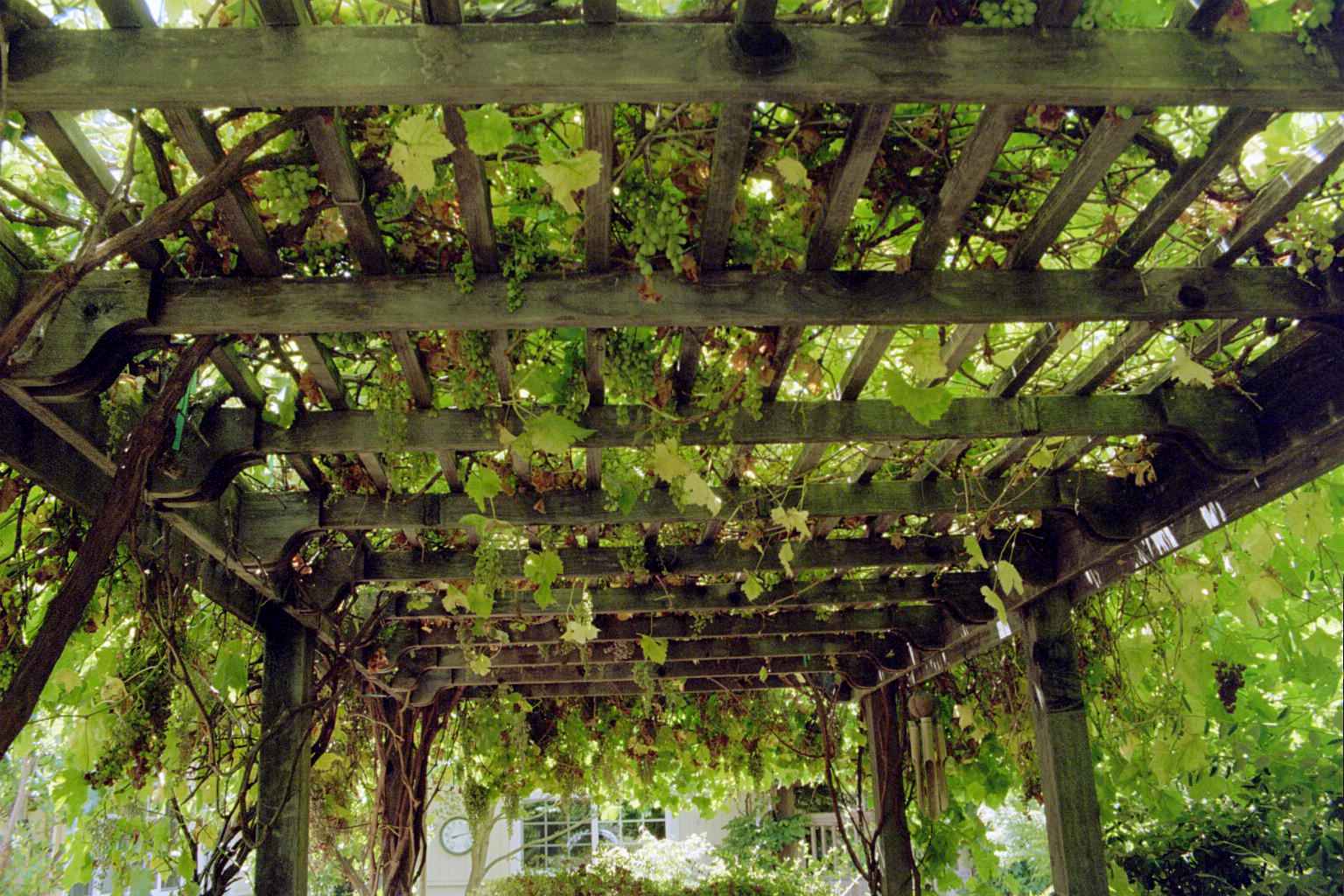




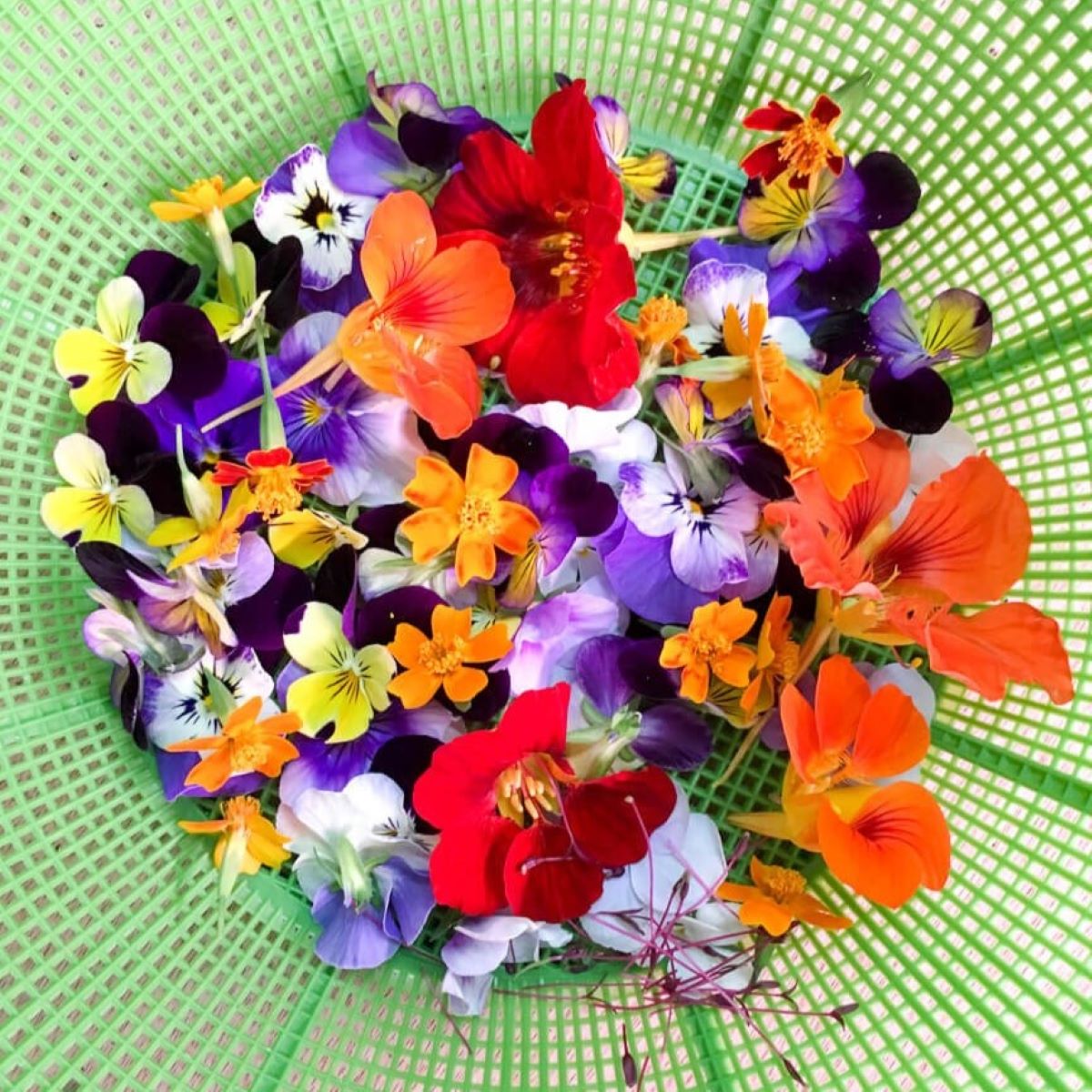

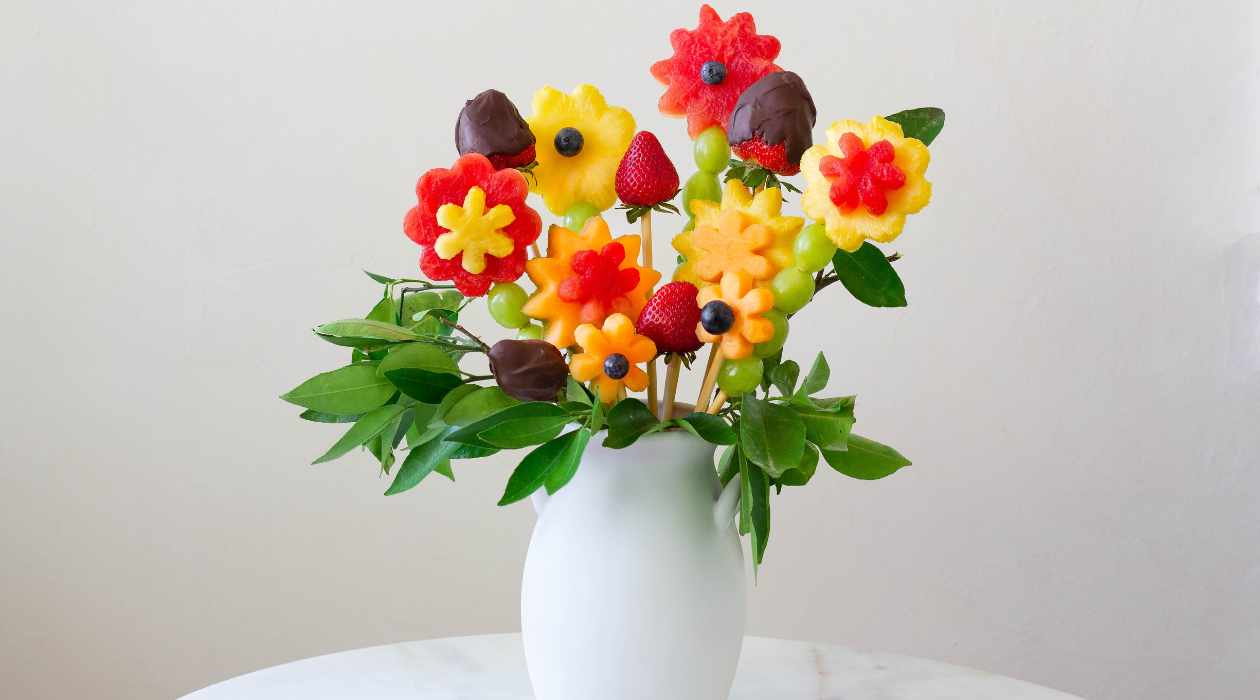

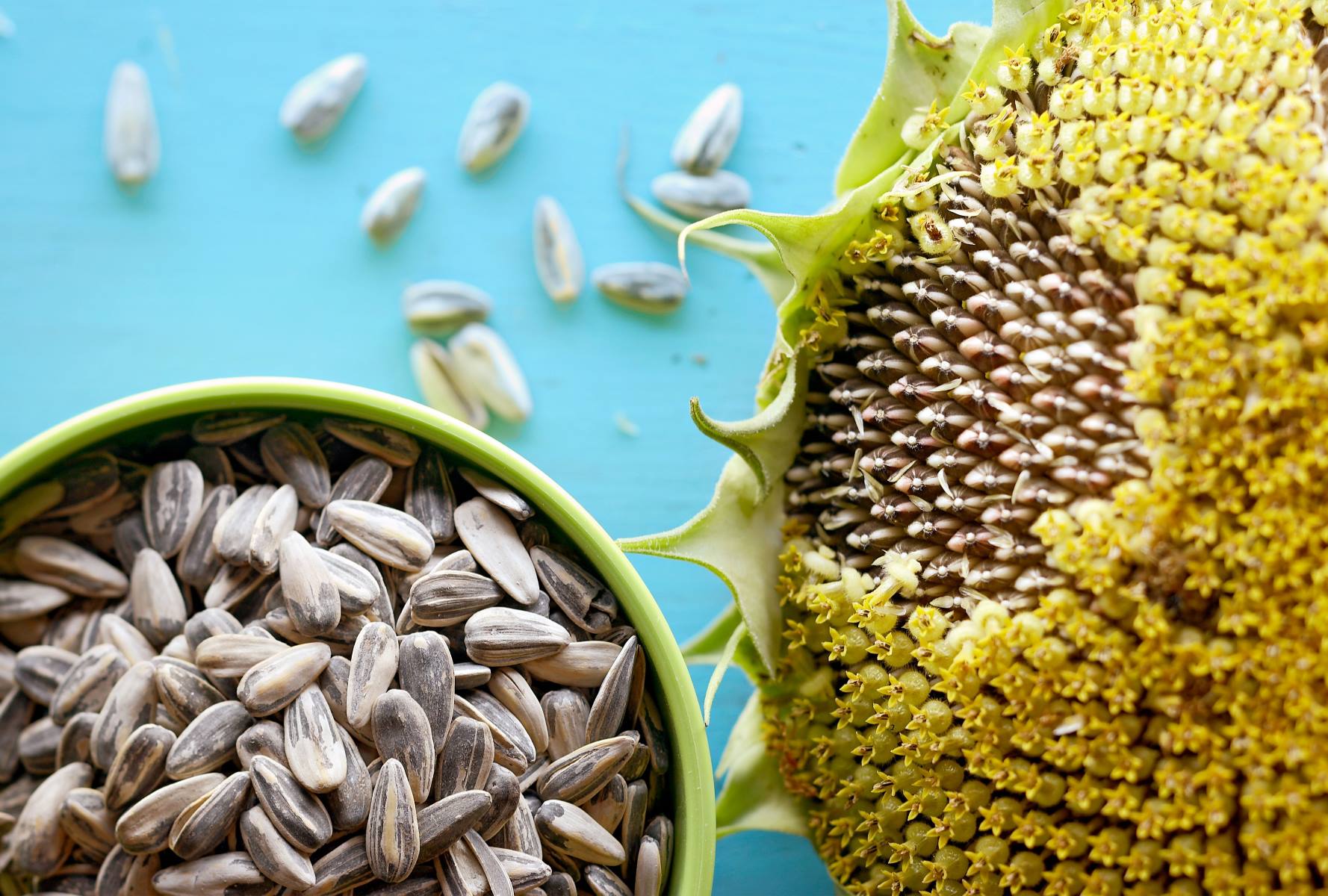

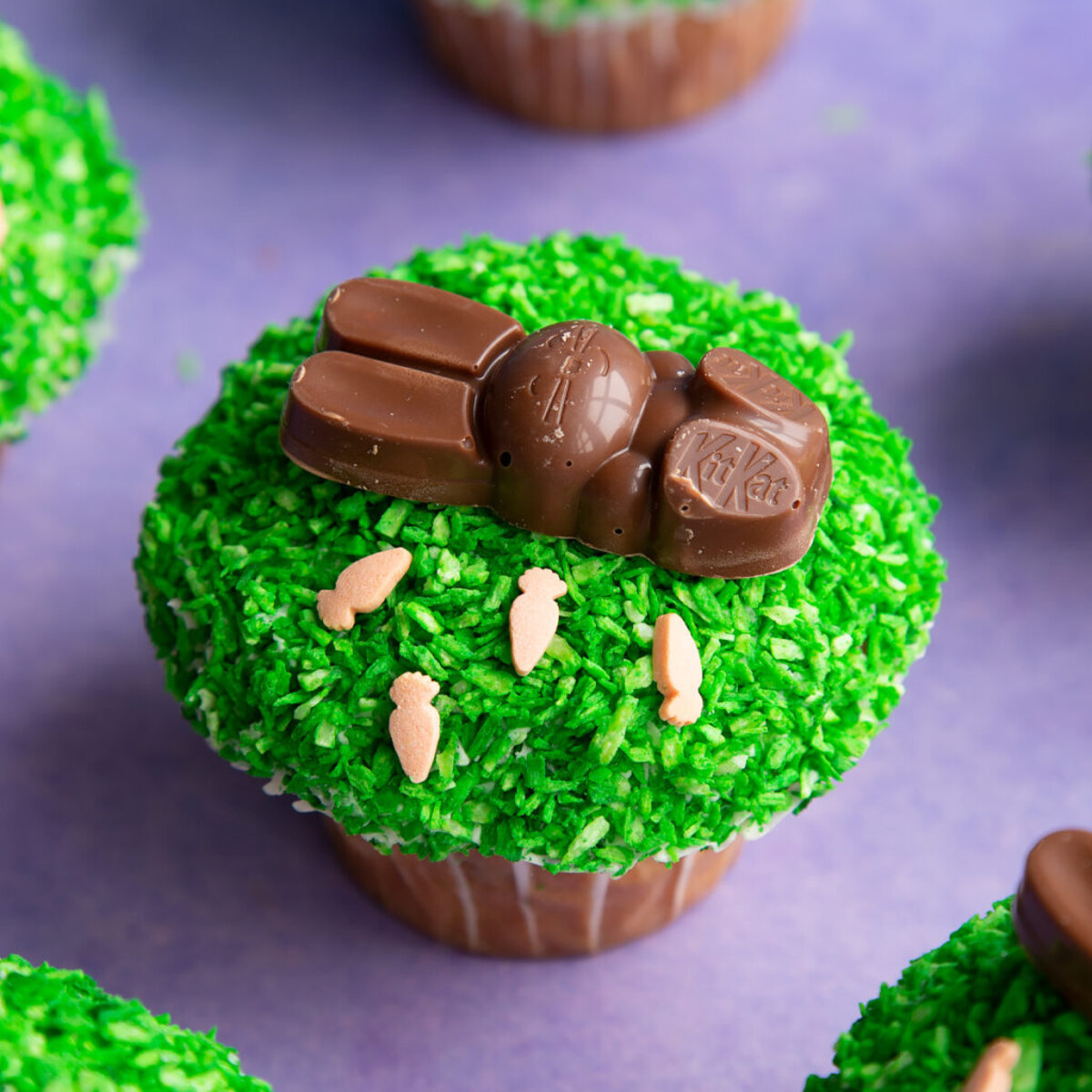
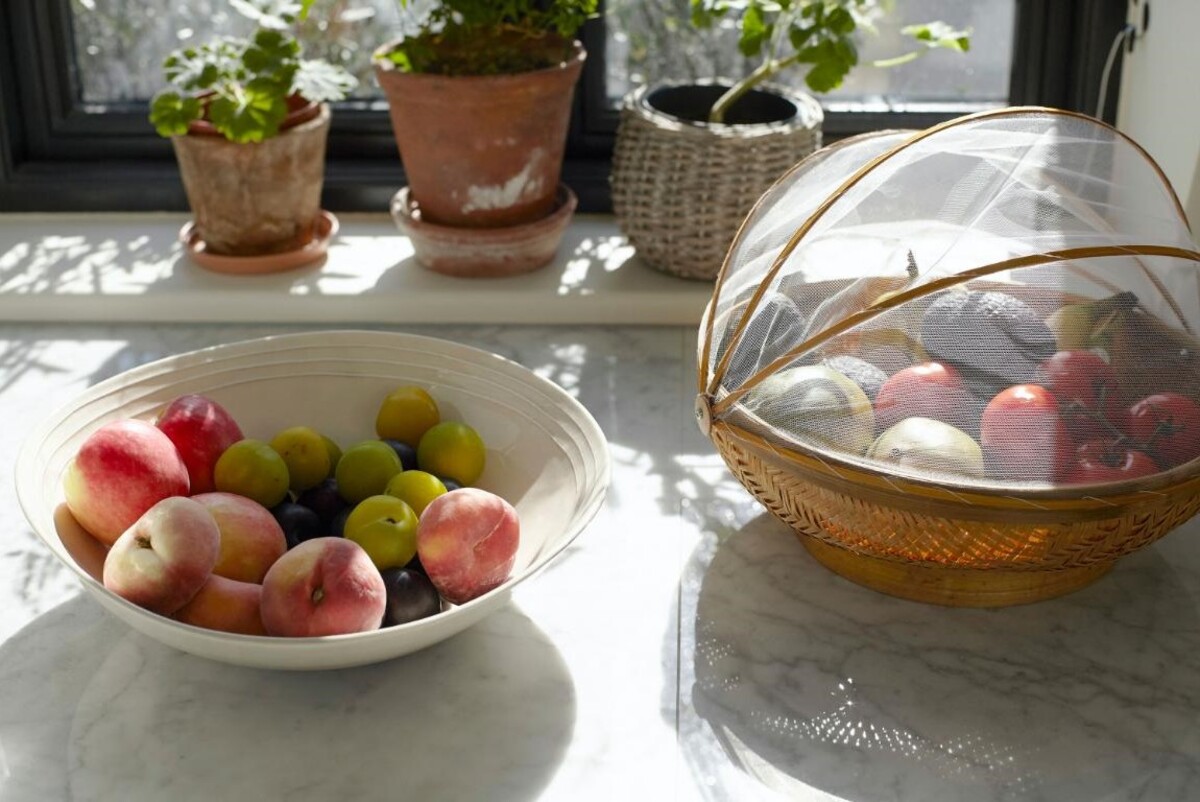
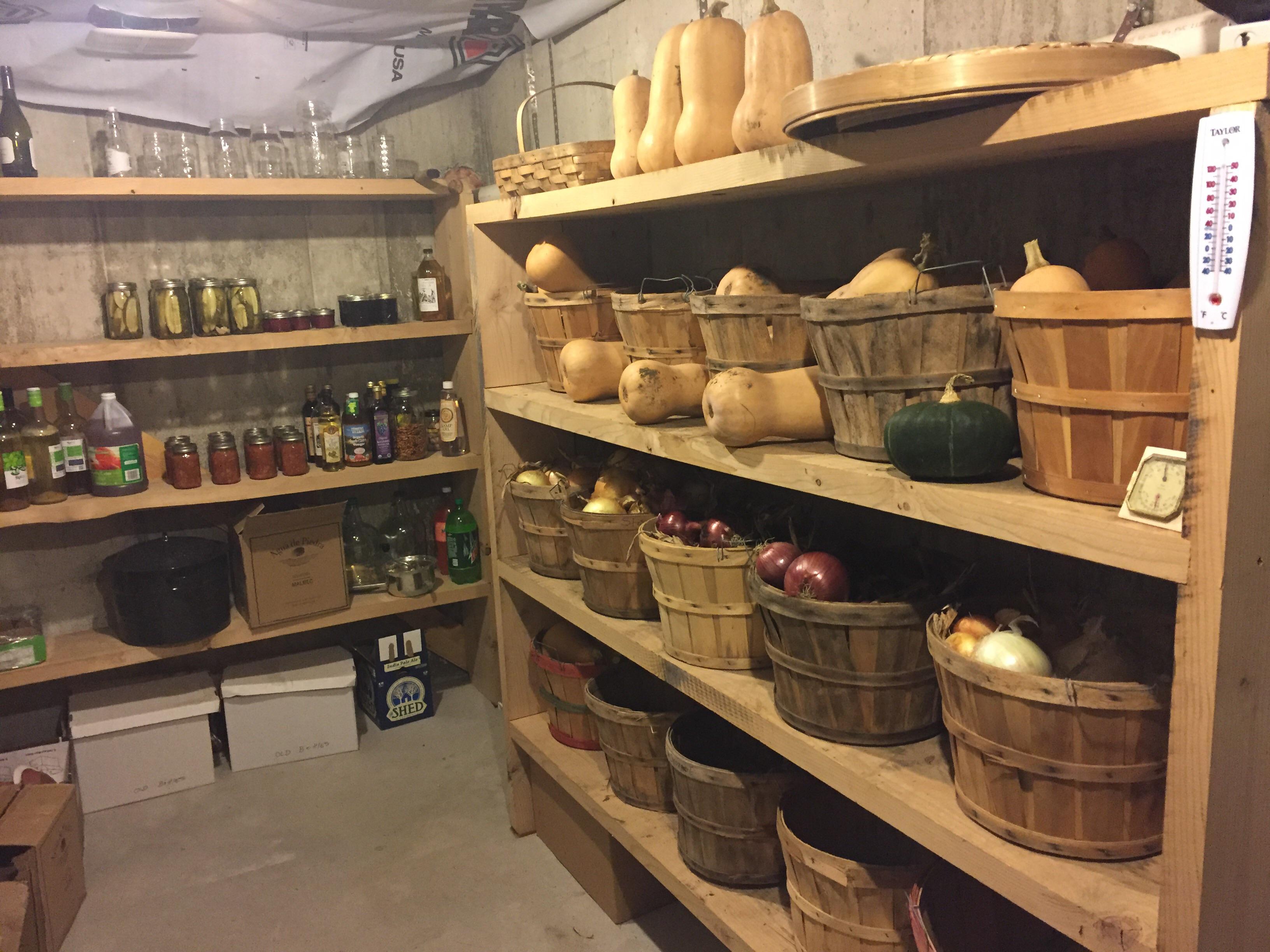

0 thoughts on “The Forbidden Fruit Of Edible Landscaping”